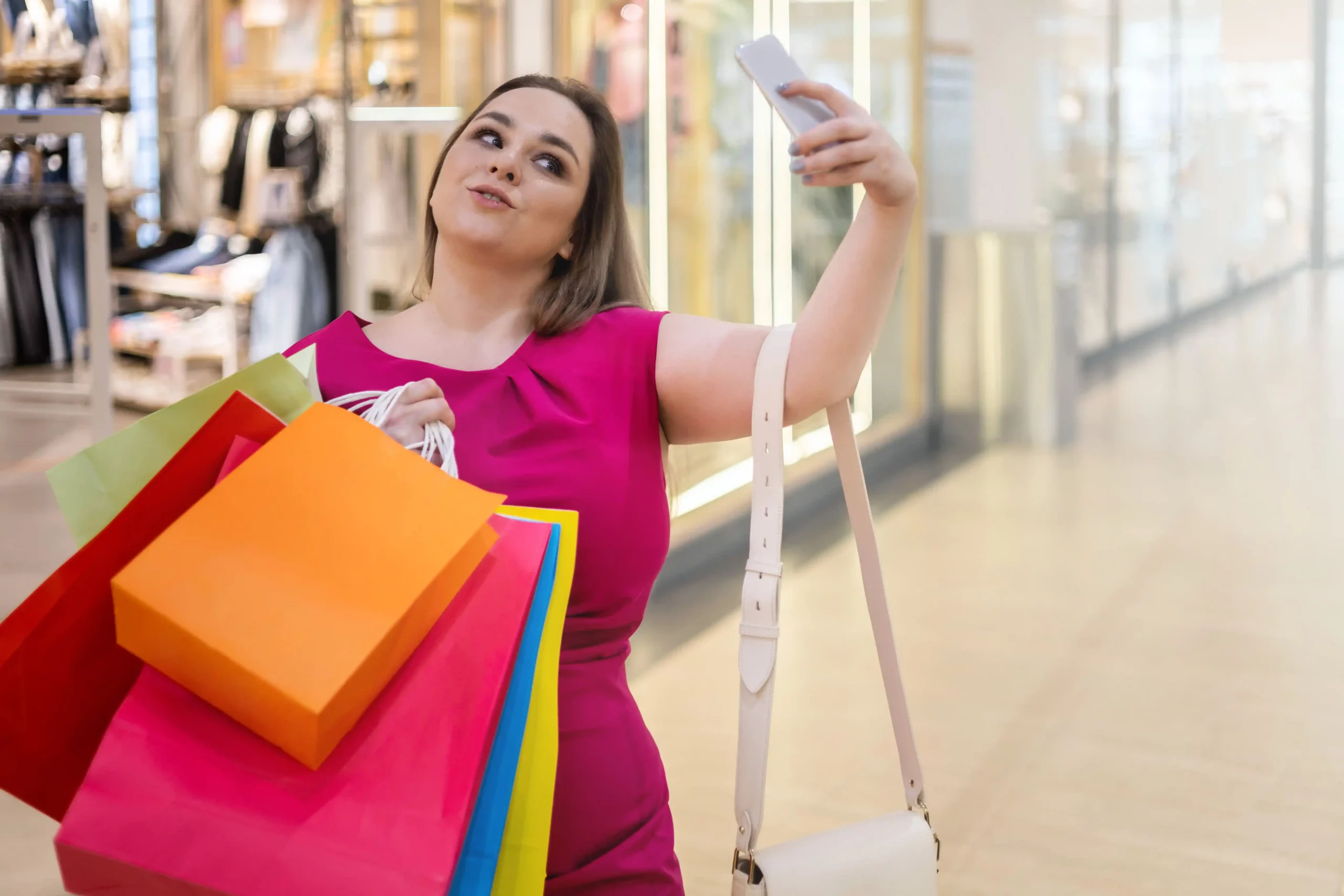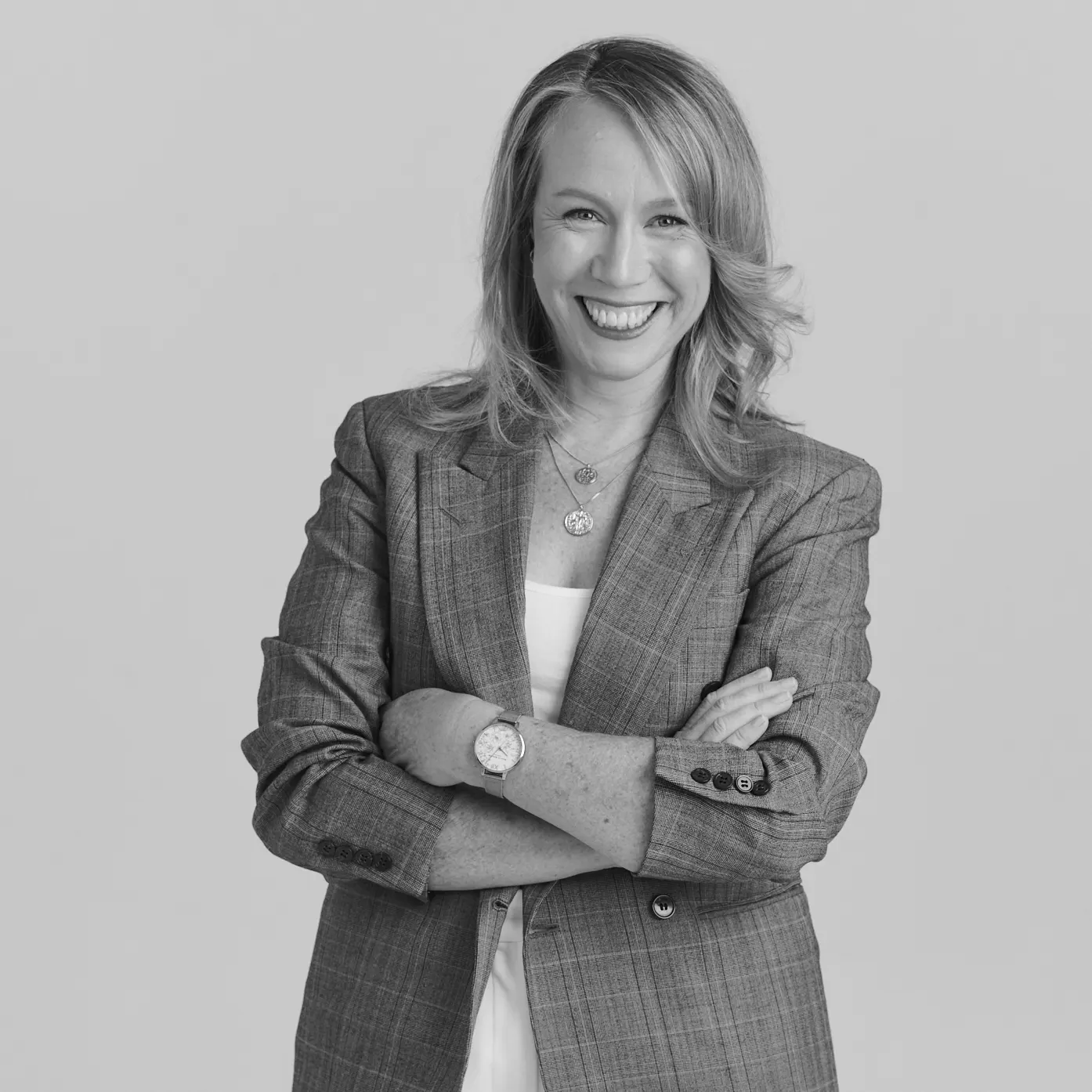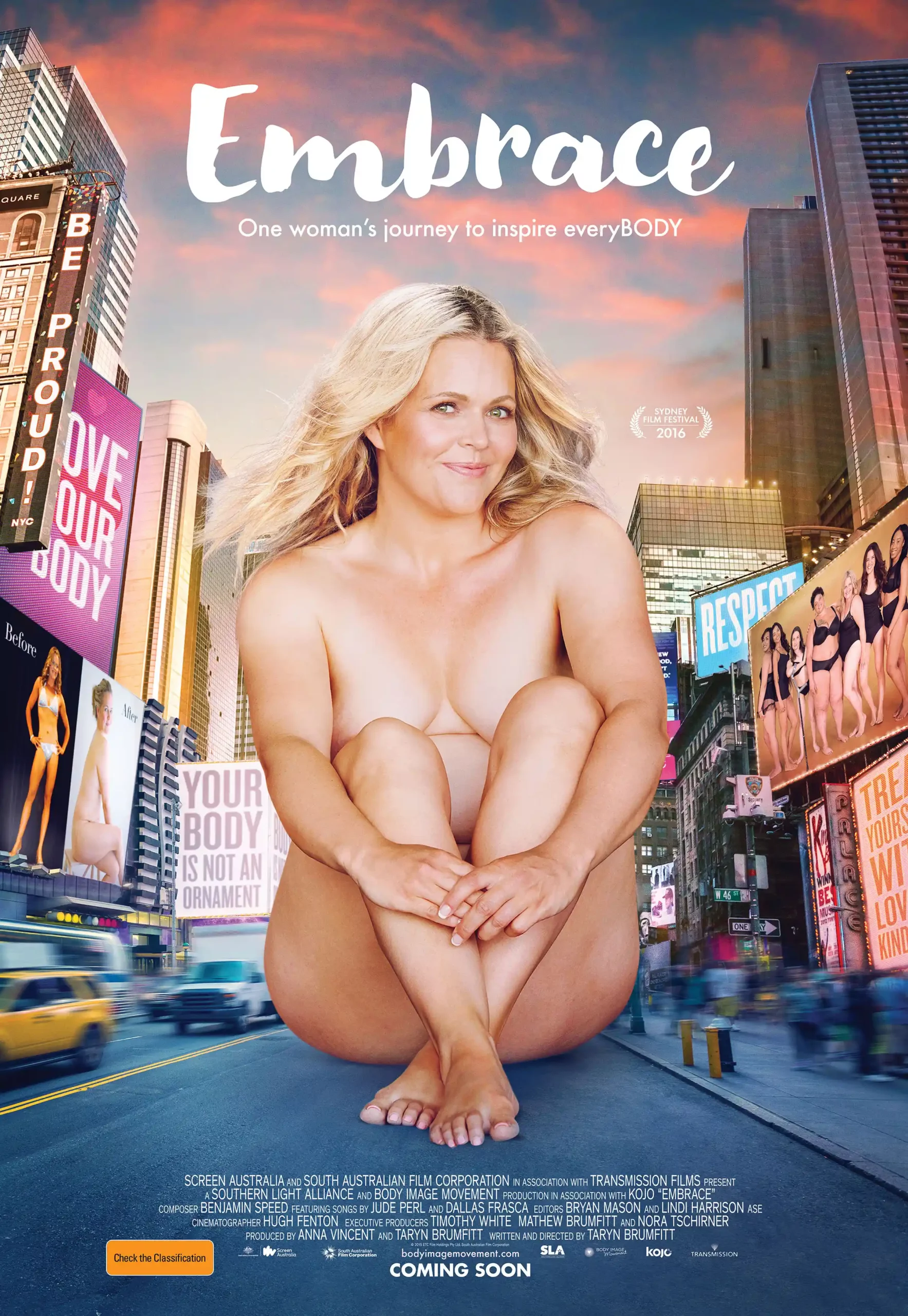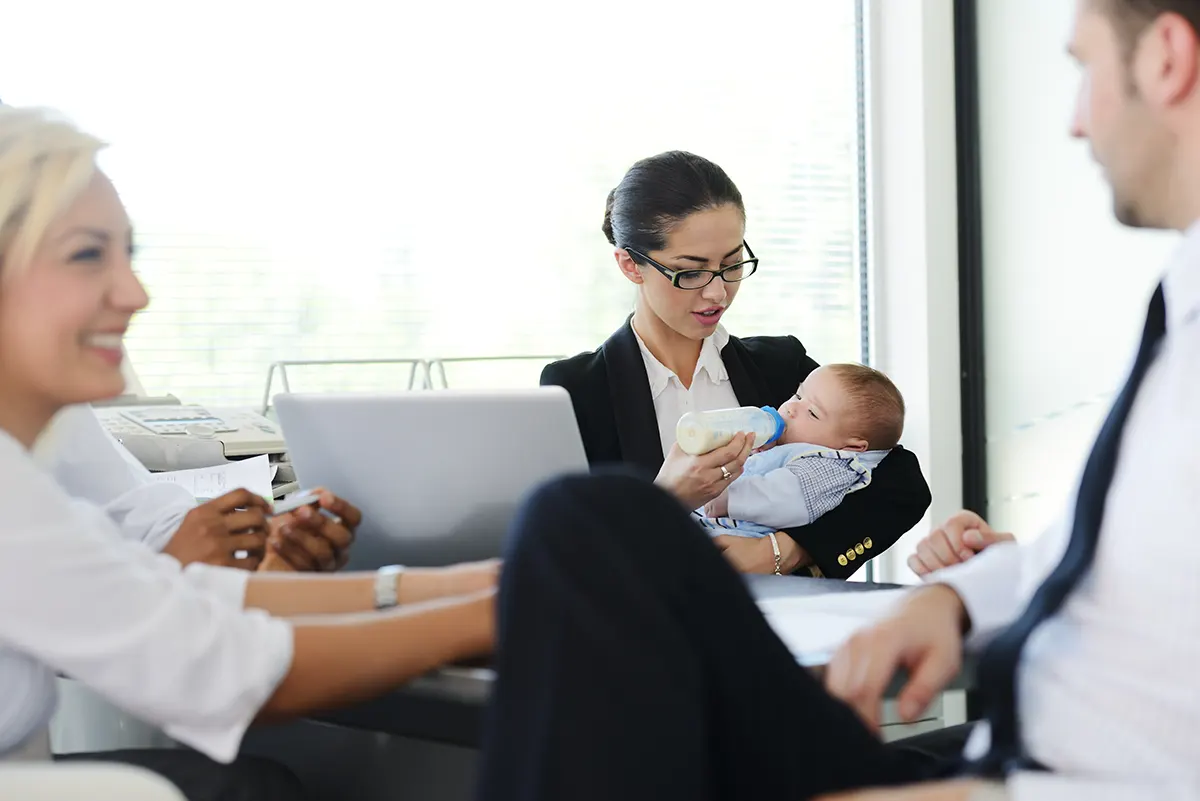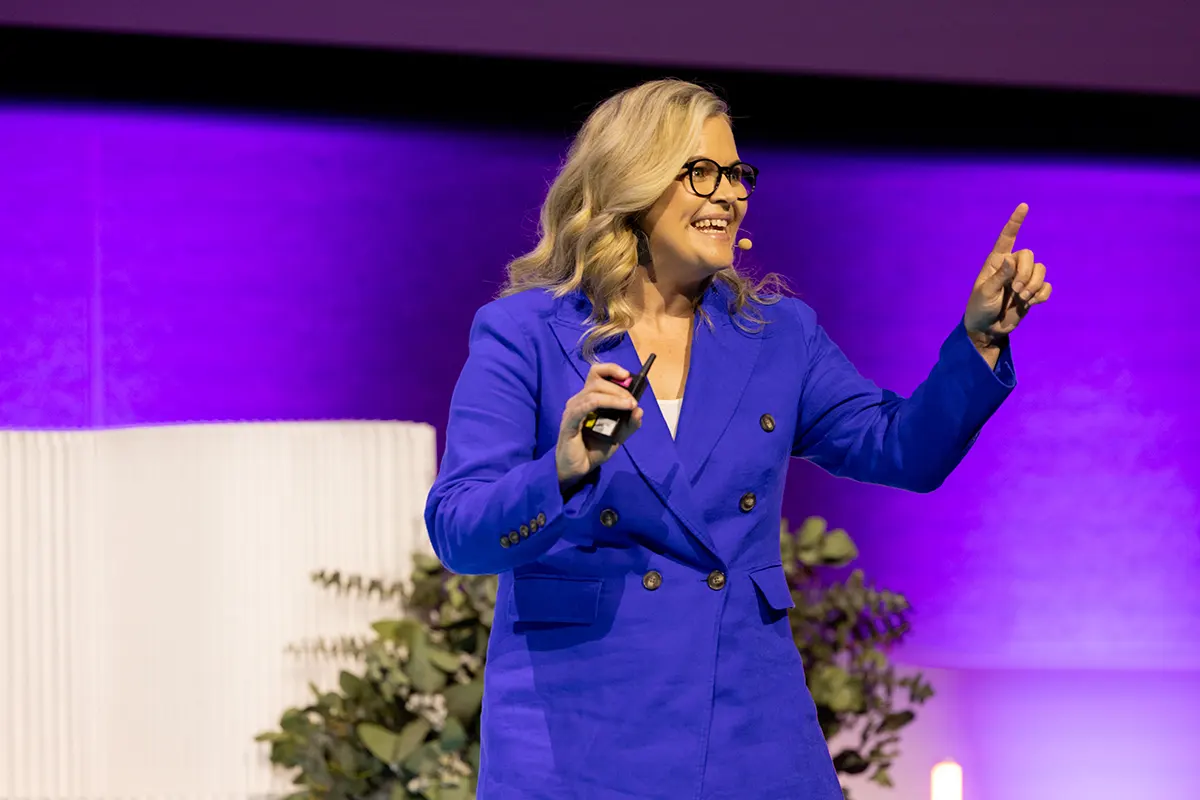We all have to wear clothes. And for many women, the simple act of getting dressed in the morning can make or break the way we feel about our bodies, and ourselves, for the whole day. Shopping for clothes is another really vulnerable moment for women, and how we feel in store can impact how much we spend.
My colleagues and I conducted the first global study of women’s retail shopping experiences and preferences. We were surprised to find that 69% of women generally have a negative experience when shopping in stores, and this was more common for women in sizes 14+. Most women (78%) also said that trying on clothes in store made them feel conscious about their weight and that they were less likely to buy something if they didn’t see themselves represented in the mannequins or images.
Research aside, I’ve had so many conversations with women who eat well, exercise, get enough sleep and are very healthy but think they are overweight based on the little number printed on the inside of their pants. For women in Australia, being in a body that’s larger than a size 14 makes them feel like they are ‘plus-sized’ and therefore ‘too big’, even though they’re a weight that’s just right for their body.
The latest research from more than 30,000 women in the Mys Tyler community indicates that the average Australian woman wears an Australian size 16, and the average American woman wears a US size 14. That means that most women feel as though they’re ‘too big’ because their size is not stocked in mainstream fashion stores.
“We don’t stock your size” or “those sizes are only available online” almost always sounds like: “You’re not one of us” and “you’re not welcome here”. Many retailers don’t seem to realise that they’re alienating 8 million women (the 67% who are size 14 and above) and ignoring a $1.4 billion market.
It doesn’t have to be this way.
Fashion marketing is based on aspiration, and it perpetuates damaging body image ideals that alienate most customers. We have decades and decades of research indicating that when we see images of thin and idealised models, it makes us feel depressed and bad about our bodies. Consumers are tired of being faced with perfection, but if fashion brands change their approach, it can be good for business and good for the world.
In the age of the conscious consumer, brands who aren’t inclusive will start to be left behind, as consumers move toward companies that help them feel safe and seen. In the research we conducted, 91% of women agreed that retail stores should provide a more positive body image environment. In that study, women called for better support from sales staff and more inclusive imagery.
Being more inclusive is good for consumer wellbeing, but it’s also good for business. Brands that convey diversity, authenticity, and representation will benefit. Twenty years ago, the Dove Real Beauty Campaign led the way on this approach and their sales jumped from $2.5 to $4 billion in the campaign’s first ten years. US clothing brand Aerie launched their #Aeriereal campaign in 2014, featuring models who are not retouched, and more recently, centring true diversity of body size and representation of all abilities. Despite record-low sales across the retail sector in 2020, Aerie’s revenue increased across the second quarter, with sales up 32% . Participants being interviewed about the campaign said “I would rather buy something from Aerie because I’d rather support a company trying to start this movement.” Academic research backs up these examples, with consumers preferring to buy from brands who use images of more diverse models.
There are three clear ways that fashion and retail brands can capitalise on the opportunity to make women feel good about their bodies:
- 1. Diversity of models. When we see clothing on people who look more like us, it’s better for our body image. We are seeing more diversity in the shapes and sizes of models compared to 10 or 20 years ago, but there’s still a long way to go. Brands should be using a range of models in all of the sizes they carry. Consumers are much more likely to buy if they see something on a model that is their size and shape.
- 2. A better in-store experience. The images used in store, the size of the mannequins, the fitting rooms and the store layout all impact how shoppers feel about themselves — but the biggest influence on how customers feel is the sales team. Educating and empowering retail assistants to authentically support women through the vulnerability of trying on clothing can make a big impact on their mood and how they spend their money.
- 3. Flexible clothing design. We’ve become reliant on online shopping and returns but this process is expensive, time consuming and bad for the environment. Designing clothes that feel good on women of different shapes — including the normal, hormonal and daily fluctuations in size — can reduce the need for online shopping returns.
Body Image Movement provides expert advice and bespoke packages of support to fashion retailers who want to become more inclusive. Find out more about our Feel Good Fashion program.
